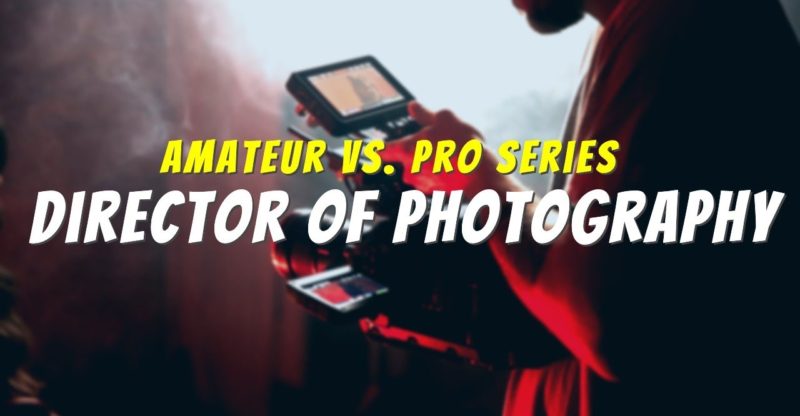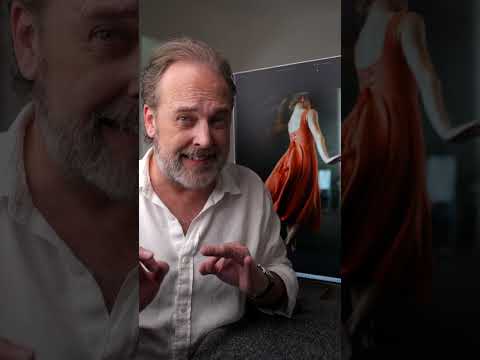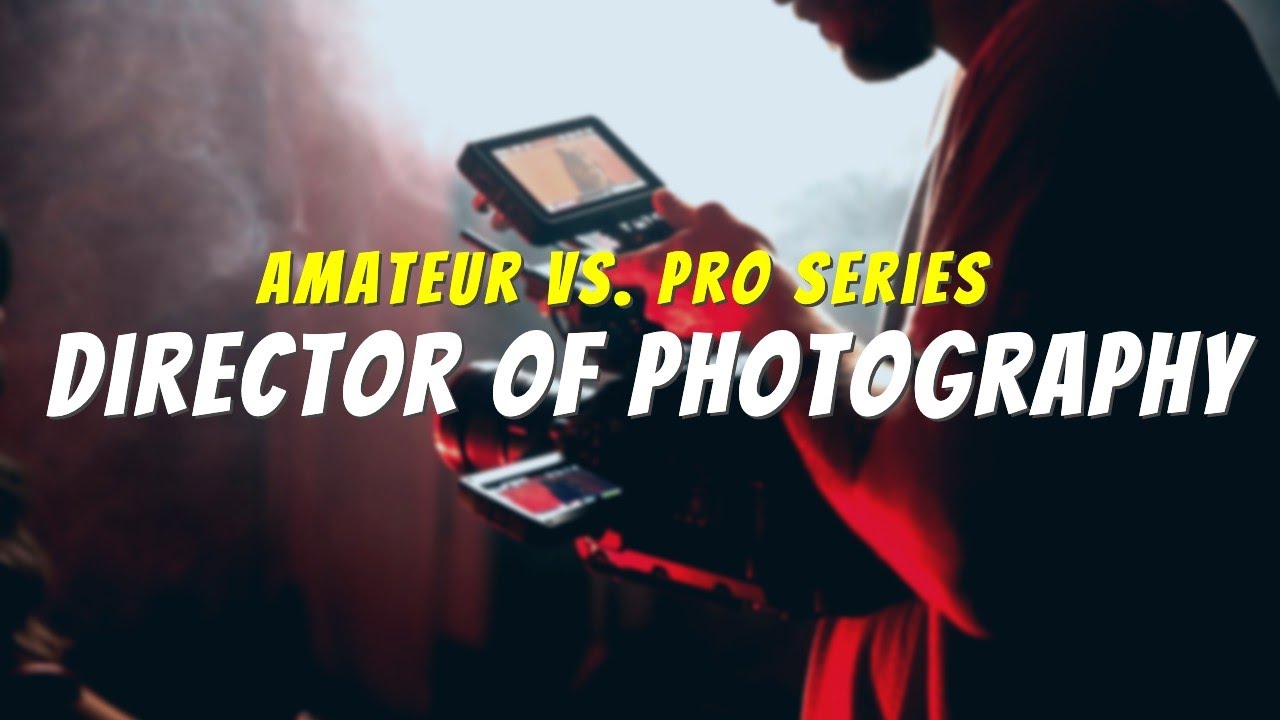Amateur vs Pro Series: Director of Photography
– Hi, this is Tom Malloy. Okay, continuing on the
Amateur versus Pro series. This one is about the DP,
the director of photography, or the DOP, that's usually Canada and
Europe and everywhere else besides the US says DOP,
we say DP in the US. Now, this one seems obvious why you wouldn't want
an amateur versus pro, but there's a couple nuances here. Obviously, you wouldn't want an amateur DP because your shots are out of focus, and they wouldn't look good, and that would bring down the overall feel and professionalism of a movie. But what I kind of want to dig deeper on is when you're talking
about a DP for a film, there's almost like a
gray area, obviously. It's like somebody, I just got a camera. Let's try something. You know, versus someone
that's an experienced DP.
There's a lot in the middle there. And what I mean by a lot in the middle is that maybe somebody
has a really nice camera, maybe they have an, you know, ALEXA Mini but they've never really used it before. So one thing you can do
is check out their reel. You know, they might have had the money to get that camera, or Blackmagic or something that's really,
you know, top end or something. But that doesn't mean necessarily
they know how to light and set up a scene. So check that out. I remember at one point, we had had a guy for a TV series we were putting together had a really high-end
camera TV type camera but I don't know exactly
know how he got it. I think he had access to some gear but he wasn't a great DP.
And so all the shots were
like, the framing was off. Like we were over here and there was all this space over here. And so he literally had to zoom in and thank God it was high enough
res that we could do that. But he didn't know the setup
and just kind of just lit, threw as many lights as
he could in a spot instead of lighting and trying
to make it look good.
So one thing I say is check
out the reel of the DP. If they're potentially gonna do your film, it's like, okay, what
does the reel look like? And then another thing, once you look at the reel are the shots. I mean, everybody's DP reel that's a high end DP is
gonna look incredible. But you know, if you're
doing a romantic comedy and the person just has
these crazy action shots, it's like, well, can they do that? Can they sit there and
just put the camera there? Because that's something
that bothers me sometimes, you know, a lot of times a DP feels that they gotta move the
camera all over the place when, you know, it may just take a simple
shot to get what you want and maybe just to push in
or something like that.

But bottom line is does their reel match what you're looking for? And if not, maybe do some tests. But I'd say the key to
avoid there is again, the gray areas of somebody
that's like, "Yeah, no, no, I have a really high-end camera. I'll shoot something." It's like, well, what
have they shot before? And again, stay away from the amateur DP. That's a huge mistake. The professionals will
know how to make it work. I've worked with some great people that I've just thought
were incredible artists.
Now, one other thing you have to look into too is temperament. The DP, in many ways, sets the tone for a
lot of the crew on set. They have their entire camera department, and if the DP is a pain in the butt, usually you're gonna
have other crew people that are a pain in the butt. But the DP kind of sets the tone. And I've worked with some great people that just were so even keel and knew what they wanted and
were respected in that regard. So they kind of set the tone for the crew operations on set. And one last thing,
especially when we're talking about independent film is
how quick can they set up? You can have the most incredible DP artist that's gonna paint the scene
with lights and all that but it's like, if they take
two hours to set up a shot and you have to do eight pages in a day, it's just not gonna happen.
It's not gonna work out. So another thing is the
speed and the efficiency. So you have to factor all that in. It's not just amateur versus pro. Again, you were gonna
work on that gray area but ultimately, you want what looks best, and will work best for your film..













